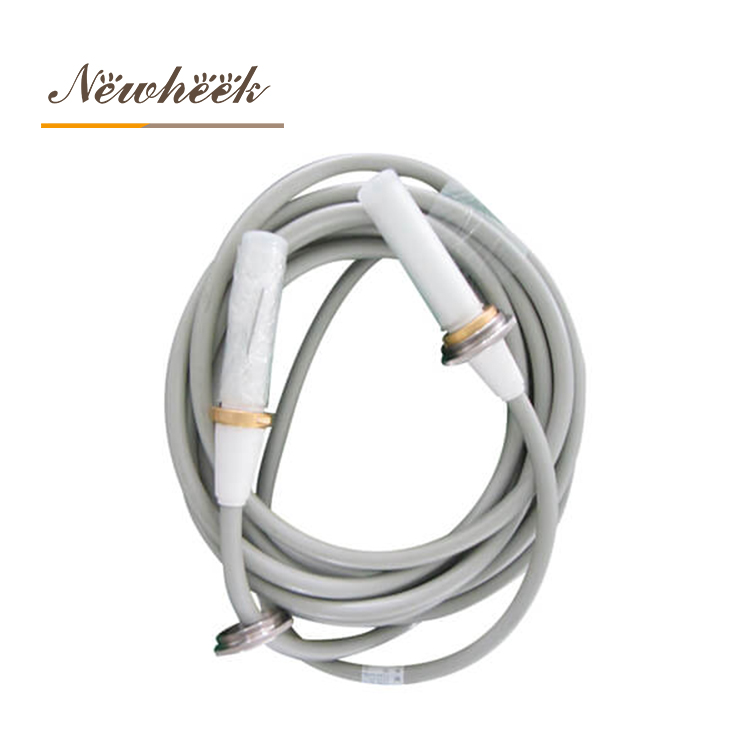The moisture problem of high-voltage cable
Recently, a customer came to me and said that the high-voltage cable purchased from us was damp and could not be used. If it is not stored properly in the southern hemisphere, where it is rainy and rainy, it will indeed encounter this problem. Either re-purchase or repair it.
Measure the insulation resistance of the power cable at 15 seconds and 60 seconds. The larger the ratio, the greater the moisture content of the high-voltage cable; the smaller the ratio, the lower the moisture content of the high-voltage cable.
When the ratio is greater than 1.3, it means that the high-voltage cable has been heavily damp and cannot be put into operation. It must be dried before it can be allowed to enter the power grid. At the same time, after each insulation resistance of the high-voltage cable is measured, the grounding discharge must be performed, and the time should not be less than 2 minutes. According to this value, the moisture content of the high-voltage cable is analyzed, and then the fire is judged according to the moisture content of the high-voltage cable. Should the severely damp parts at both ends of the power cable be sawn off?
Operation method Cut off the severely damp part of the high-voltage cable, and then strip off the sheaths at both ends of the high-voltage cable. To prevent the power cable armor protection tape from loosening, use bare copper wires with a cross-sectional area of 41 to bind them at a distance of 15,17 from the sheath. Tie tightly after 5 or 6 turns. At the edge 1 of the copper wire, cut off the steel armored protective tape of the high-voltage cable, remove the steel armored protective tape of the high-voltage cable, and remove the filling material inside the high-voltage cable. The core wires at both ends are separated into a plum blossom shape. The core wires are separated from the steel armored protective tape 150, 1 with a bare copper wire with a cross-sectional area of 2.51. At the edge of the copper wire, strip the screen shielding and grounding layer of the high-voltage cable core wire, remove the insulation protection layer of the high-voltage cable core wire at a distance of 500mm from the steel armor protection tape, and be careful at a distance of 250mm from the insulation protection layer of the high-voltage cable core wire Strip off the semiconductor insulation protection layer of the core wire of the high-voltage cable. Be careful not to damage the core wire of the high-voltage cable. The terminal lug is firmly crimped with the high-voltage cable core wire.






